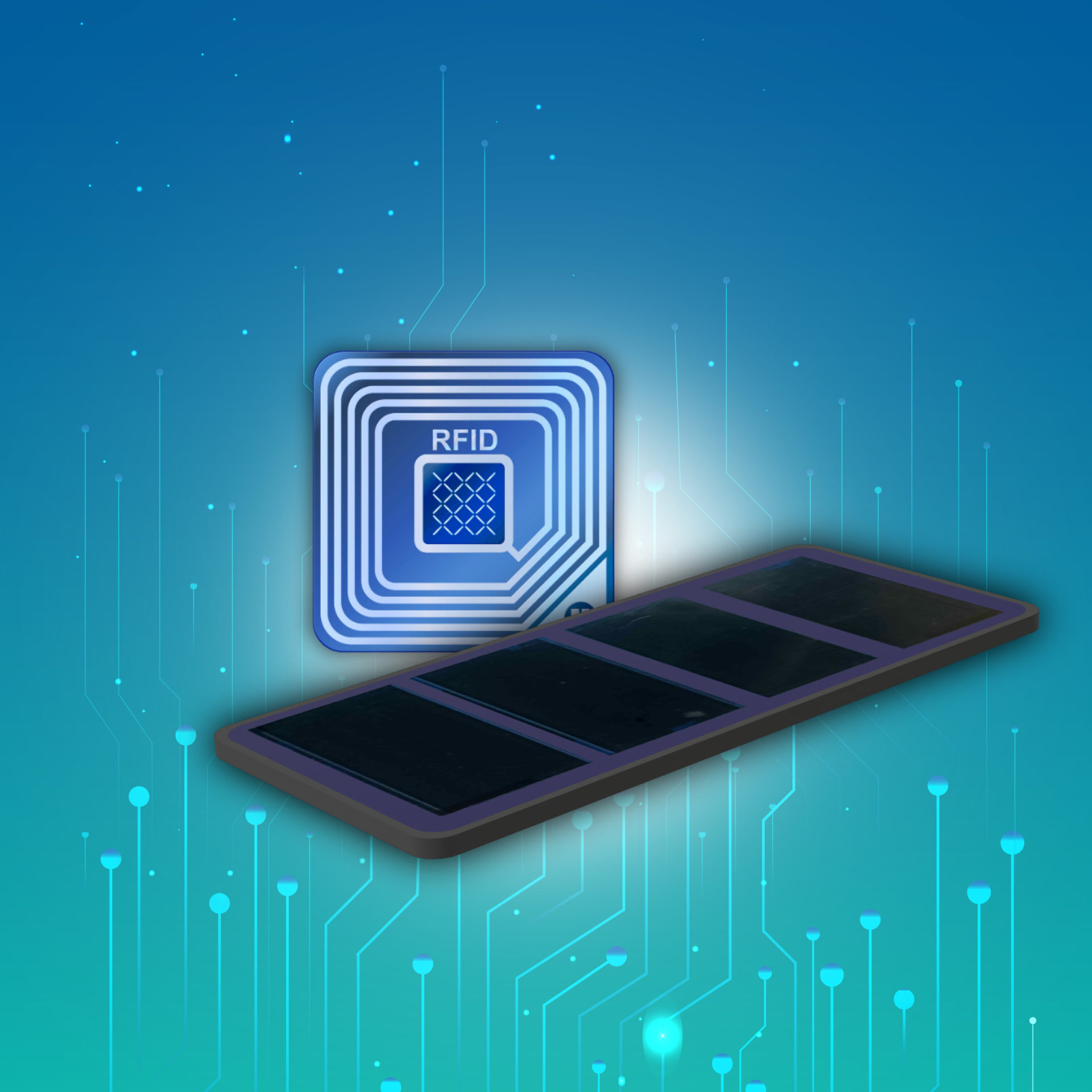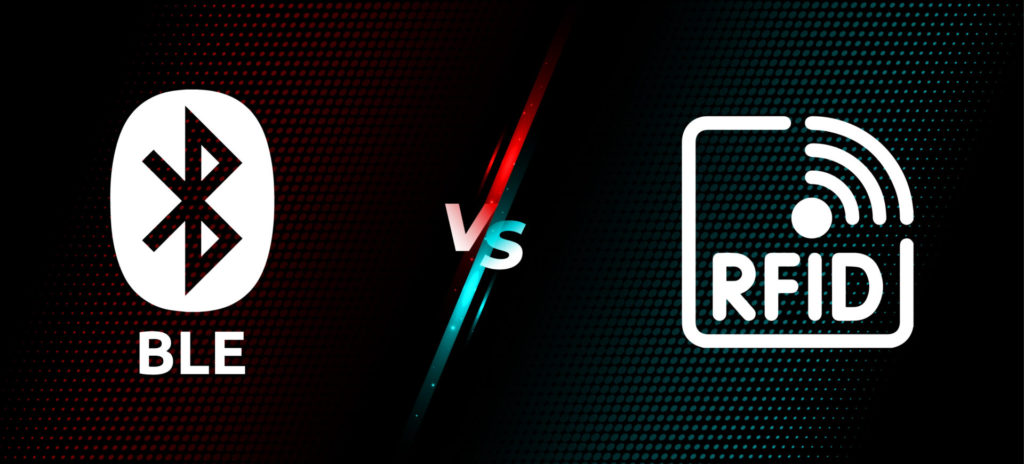

RFID technology and BLE network are two wireless communication technologies used in various fields to transmit data. Although they share some aspects in common, they differ in their operation, range, and application.
RFID (Radio Frequency Identification) is a wireless technology that uses radio waves to read and record information on electronic tags. RFID tags are typically labels attached to objects or products, and they are read by RFID readers nearby. This technology is widely used in logistics, stock management, security, and animal identification such as BLE.
On the other hand, BLE (Bluetooth Low Energy) is a wireless communication technology that allows electronic devices to communicate with each other over short to medium distances. BLE is mainly used in mobile applications such as activity sensors, health monitoring systems, and home automation devices. But it is also perfectly suited for various logistics use cases:
• Product location tracking: BLE beacons can be attached to pallets or containers to enable real-time tracking through warehouses or transit zones.
• Temperature control: BLE sensors can monitor temperature conditions of perishable products such as food or pharmaceuticals during transport and storage.
• Inventory management: BLE tags can be used to quickly identify products in warehouses or stores, making inventory management easier and reducing costs associated with excess stock.
• Workflow optimization: BLE devices can be integrated with warehouse management tools to help optimize workflow and reduce asset downtime.
In addition, Bluetooth also allows for bidirectional communication, allowing for receiving data in return.
The main difference between the two technologies is their communication range. RFID tags have a limited range and must be read in close proximity to an RFID reader. BLE allows communication over longer distances of up to a hundred meters.
BLE offers advantages in terms of energy efficiency and low cost, making it a popular choice for asset tracking and geolocation solutions. BLE consumes much less energy than traditional wireless communication technologies, allowing devices to operate on smaller batteries (tag lifespan of 5-10 years) or operate batteryless at all.
See inVirtus Technologies' BLE Indoor solutions
This is where inVirtus Technologies' solution comes in: the ivBeacon EOS. This is a flexible, batteryless photovoltaic tag designed for industrial sectors. The ivBeacon EOS uses BLE technology to communicate wirelessly with other electronic devices while being powered by photovoltaic energy. This tag can be easily installed on asset, machinery, or vehicles to collect data and transmit it to a centralized system.
The advantage of the ivBeacon EOS is that it offers a low-cost solution for industrial businesses looking to track and monitor asset movements and inventory in real-time. By using solar energy to power the ivBeacon EOS, businesses can reduce battery replacement costs and electronic waste.
Although RFID and BLE are two wireless communication technologies, they have significant differences in their range and application. BLE is a more advantageous technology in terms of energy efficiency and cost, and inVirtus Technologies' ivBeacon EOS is an innovative solution for industrial businesses looking to use BLE technology while avoiding the costs and inconveniences of batteries.